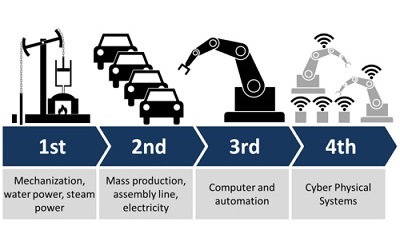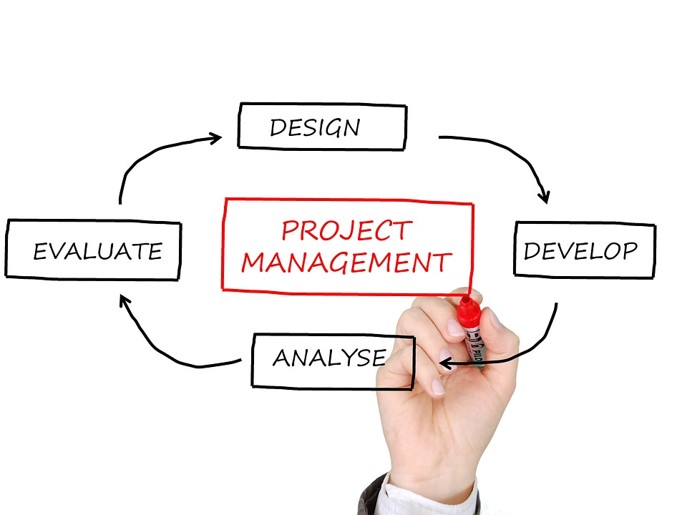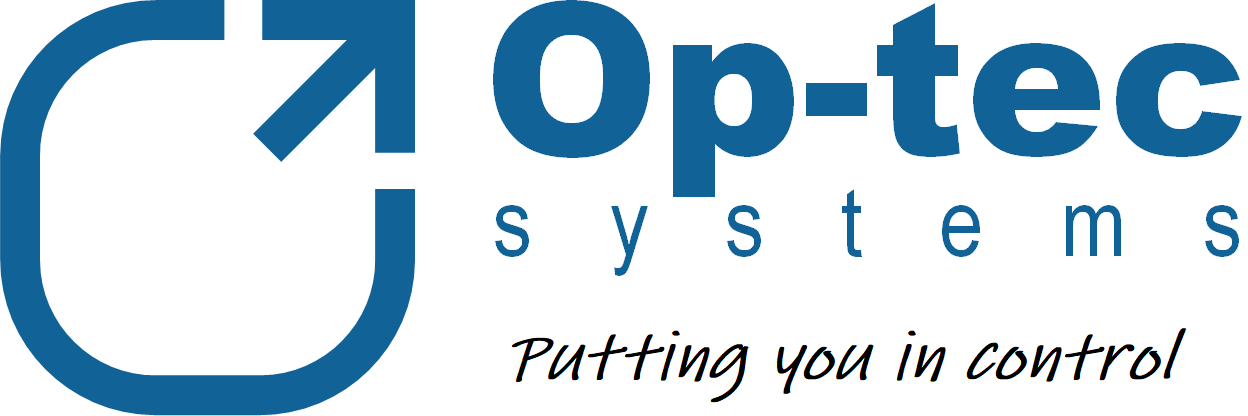Recently, I spoke to the Food and Drink Engineering & Processing Summit about IIoT and Industry 4.0. I wanted to explain the meaning of these terms, and suggest a simple approach to getting started....
Definitions
The Industrial Internet of Things (IIoT) is use of Internet of Things technologies in manufacturing. Simply, it is the use of 'smart' devices which can exchange data in industrial environments.
Advances in technology mean large amounts of data can be passed, easily and securely, using IP-based (Internet Protocol) networks. The increasing number of devices able to transmit useful information is one trend driving Industry 4.0.
The term Industry 4.0 was originally coined by a group working on the German government’s high-tech strategy. They presented four design principles:
- Interoperability - connected machines, devices, sensors, and people communicating with one another
- Information transparency - creating a virtual copy of the physical world through aggregation of raw sensor data to higher-value information
- Technical assistance - supporting informed decisions and performing tasks that are too unpleasant, exhausting, or unsafe for humans
- Decentralised decisions - perform tasks and make decisions autonomously, only delegating tasks to a higher level in the case of exceptions
The term is also used to refer to the forth industrial revolution:

Where is your organisation on the timeline?
To control systems engineers, much of the above should sound familiar. For decades technology has been available to extract diagnostic information, remotely calibrate instruments and control process conditions.
- 1986, HART (became an open standard)
- 1996, FOUNDATION Fieldbus (first H1 specifications released)
- 1999, PROFIBUS (specification for DP and PA first published)
Further, object-orientated DCS and SCADA systems allow software models of plant equipment which provide operational, diagnostic and performance information for an asset in a single entity.
So you may be further towards adopting Industry 4.0 technologies than you think!
To make the most of your current technology, and benefit from new equipment and software, determine the information you need from your systems. There are risks to implementing the latest technology with no clear objective:
Only one in five of the professionals we surveyed indicated their automation systems had delivered “all that their vendors promised.”
Ultimately, the right information to the right person at the right time leads to better decisions and greater efficiency. Understand the objectives and desired outcomes of your project.
It may be that your existing infrastructure can already provide the answers:
- Variable frequency drives, PLCs within 'packaged' equipment and existing fieldbus instrumentation can often provide sufficient diagnostic and performance data to make smarter decisions lot about the health of the assets they control.
- Where gaps exist, cost effective solutions are available; for example wireless energy / temperature / vibration monitors which communicate with your exisitng systems
Design
1. Determine the information needed
(KPIs for reporting to management, performance of key assets, emissions data, …)
2. Decide how it should be presented
(to aid decision-making, show performance against historical records, prove compliance, …)
3. How this information is generated from historical and real-time data
4. Implement the necessary modifications and upgrades required

